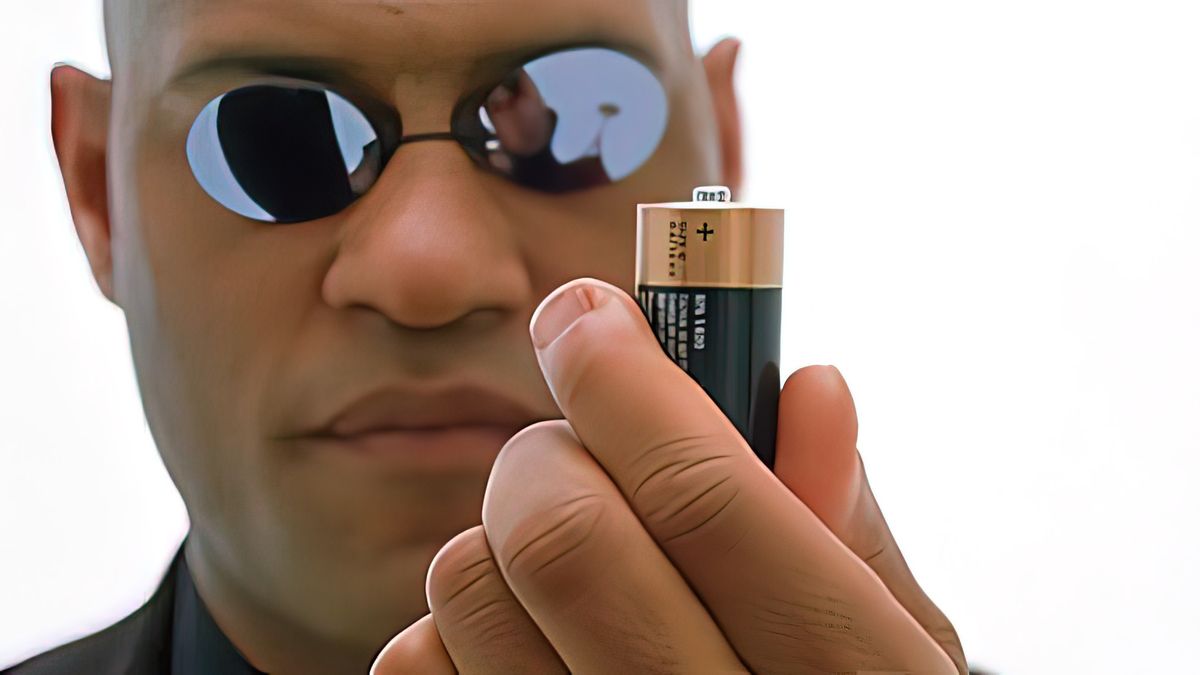Electrical Energy Storage
Every few weeks I meet up with a group to brainstorm ideas that we can send to the White House as concerned citizens. We are currently discussing energy policy and energy storage – batteries in particular. Battery technology has not changed much in the past 200 years.

Our model for the chemical battery goes back 2,000 years – a chemical reaction between two metals gives off charged particles (electrons). Stick some coins together in lemon juice and you’ve got yourself a battery.
Still, it’s hard to believe that the smartest people in the world have been toiling away at this problem and have made apparently little progress. The lack of progress seems to be caused not by limitations in physics and chemistry but by a lack of creativity on the part of the scientists working on these problems. There’s not much science can do about the laws imposed by nature but there is something they can do about innovation and harnessing human ingenuity. That’s where capitalism always succeeds. There is a new generation of scientists and entrepreneurs that are coming up with novel, renewable energy sources that would otherwise seem inconceivable. If you’ve ever seen The Matrix you can understand the concept of biological energy. In the movie, the machines used humans as an inexhaustible energy source. Some of the latest research is remarkably similar and it’s not just science fiction. Morpheus says, “The Matrix is a computer-generated dream world built to keep us under control in order to change a human being into this.”
There are projects going on around the world that are yielding small but amazing results. For example, the Geobacter Project at the University of Massachusetts is harvesting electricity from bacteria. The famous Geneticist and founder of The Institute for Genomic Research Craig Venter is getting in on the action as well. Venter believes that genetically engineered forms of bacteria can be developed that could eat CO2 and give off electricity. Venter says, “there is virtually no limit to the kind of applications that designer organisms can be custom created for.” I agree and believe our current energy crunch is going to finally yield real innovation.
Even without engineering, there are existing microscopic animals at the bottom of the Dead Sea right now that defy explanation by synthesizing methane into energy. Imagine a sealed bacterial energy fuel cell in the back of your car that provides you with a constant source of electricity. It’s not outside the realm of possibilities. In this week's Science Magazine is an interesting article Bugs Build Batteries by Lauren Cahoon. Cahoon opens the article by saying, “Green technology just went viral.” The idea is to create a genetically programmed virus sporting a metallic coat that grabs onto carbon nanotubes. This would create a high-powered wiring system that could be the basis for new, green batteries. From the article,
The virus-built technology may provide the first biological method for producing batteries. Belcher notes that the entire system, with the exception of the carbon nanotubes, is created at room temperature and uses only water as a solvent. And when the batteries die and degrade, they don’t leave behind toxic chemicals. “This is definitely a very clean approach,” Belcher says.
Just imagine creating a virus or bacteria that could provide energy by consuming our most troublesome molecules like carbon dioxide and methane. Seems like a win-win solution. There are, of course, some concerns. What if these viruses got away from us, spread exponentially, and began sucking all of the CO2 from the atmosphere. Life on Earth requires a delicate balance of compounds and molecules for life. Do we really want to monkey with what has taken nature billions of years to get right? If we do create new forms of life should they be afforded “life” status? If so, where do ethics begin? I doubt anyone would have a problem enslaving bacteria in the service of humanity but is there an upper limit to the type of life forms we can engineer for energy? What about something as big as a mosquito? A frog? These are all issues that science will have to deal with but in the meantime, let the innovation begin!




